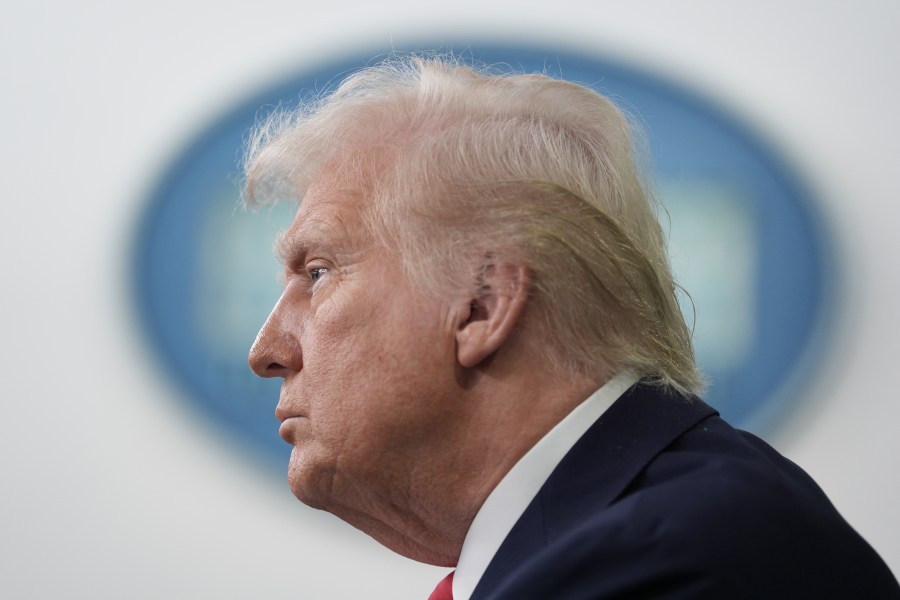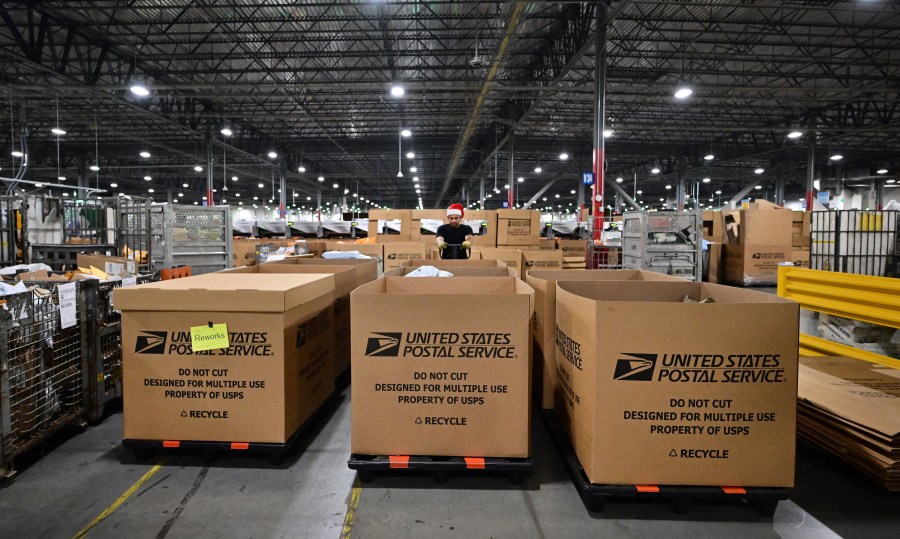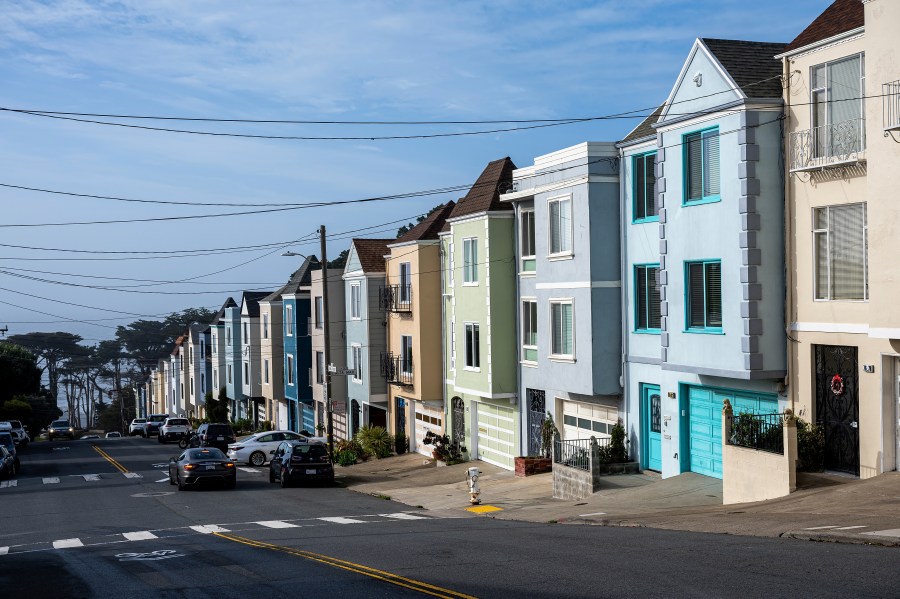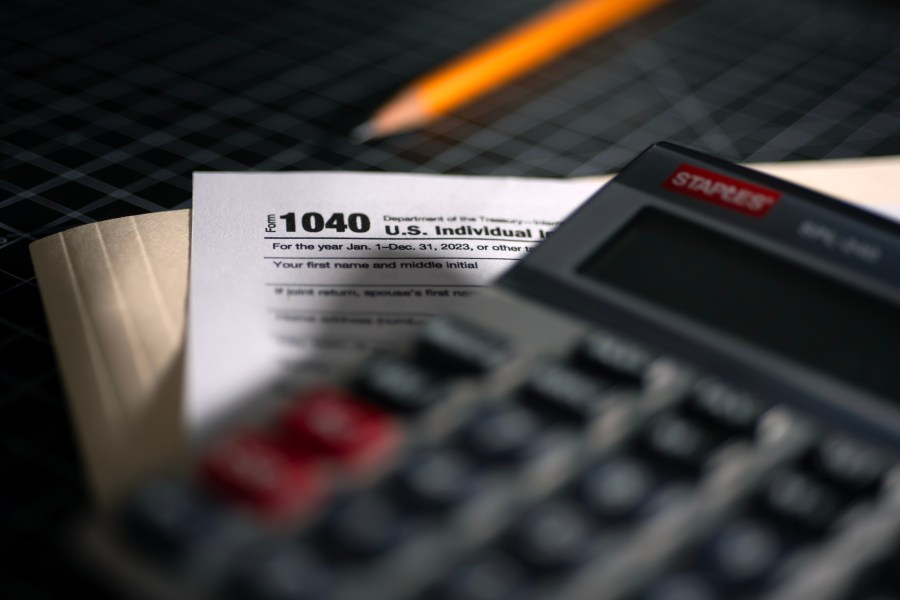
What is a sovereign wealth fund, and which countries have them?
(NewsNation) — President Donald Trump has signed an executive order directing the U.S. to start developing an American sovereign wealth fund and said it could be used to profit from TikTok.
Trump’s new order begins the process of creating a sovereign wealth fund, which is aimed at generating more money for the government by investing in assets like stocks, bonds and real estate.
“We’re going to stand this thing up within the next 12 months. We’re going to monetize the asset side of the U.S. balance sheet for the American people,” Treasury Secretary Scott Bessent told reporters Monday.
Specific details were scarce, but Trump suggested the fund could be a way for the U.S. to buy the social media platform TikTok.
Here’s what to know about sovereign wealth funds and why Trump wants one.
What is a sovereign wealth fund?
Sovereign wealth funds, SWFs, are investment vehicles owned by countries. Typically, they’re set up to manage state-owned assets, according to the Center for Global Development (CGD), a Washington-based think tank.
Different SWFs have different financial, economic and political objectives.
Some function like a savings fund — nest eggs where current money gets invested for future generations. Those funds have decadeslong investment horizons and are often set up by commodity-rich countries to save a portion of their resource wealth for later on, according to The International Forum of Sovereign Wealth Funds.
Other sovereign wealth funds are intended as stabilization funds, which governments can draw on to smooth the budget.
Many funds have multiple objectives, mixing stabilization, savings and development.
Trump didn’t offer many details on the fund’s strategic focus or where the money to start it would come from.
Sovereign wealth funds typically start with a wealth surplus, but given the United States budget track record, relying on hypothetical future surpluses is unrealistic, experts at the CGD wrote in a recent report.
What does it mean for TikTok?
Trump said TikTok, which is owned by China-based ByteDance, was an example of what he could put in a new U.S. sovereign wealth fund.
“We might put that in the sovereign wealth fund, whatever we make, or we do a partnership with very wealthy people, a lot of options,” he said of TikTok. “But we could put that as an example in the fund. We have a lot of other things that we could put in the fund.”
As one of his first acts in office, Trump directed his Justice Department to pause enforcement of the TikTok ban until early April. The president has said he’s looking to have the U.S. government broker a deal for 50% control of the popular social media platform.
In theory, a sovereign wealth fund is one way the U.S. could acquire a stake in the company without nationalizing it.
Which countries have sovereign wealth funds?
There are over 90 sovereign wealth funds around the world that manage over $8 trillion in assets, according to The International Forum of Sovereign Wealth Funds.
Norway’s $1.8 trillion sovereign wealth fund is the largest. The fund invests revenues from the nation’s oil and gas production and is one of the world’s largest investors, owning on average 1.5% of all stocks listed worldwide, according to Reuters.
The Norwegian fund’s current value corresponds to about $321,000 for every man, woman and child living in the country of 5.6 million people.
Other countries with major sovereign wealth funds include China, the United Arab Emirates, Kuwait and Saudi Arabia, according to the Sovereign Wealth Fund Institute.
Trump predicted that the U.S. could eventually top Saudi Arabia’s fund size.
“Eventually, we’ll catch it,” he promised in the Oval Office on Monday.
Howard Lutnick, Trump’s pick for Commerce Secretary, added: “The extraordinary size and scale of the U.S government and the business it does with companies should create value for American citizens.”
Which US states have sovereign wealth funds?
The U.S. already has 21 sovereign wealth funds at the state level, according to the CGD.
The largest ones are based in Alaska, New Mexico and Texas and are funded through the proceeds of oil, gas and mineral revenue. Those funds are primarily used to pay for in-state programs like education and state government operations, CGD said.
The Associated Press contributed to this report.



